Las Vegas looks the way you'd imagine heaven must look at night
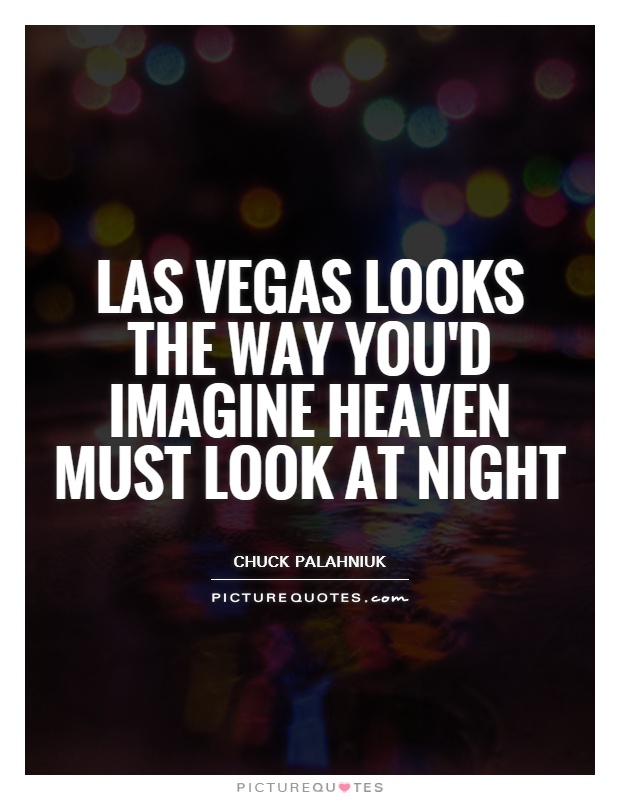
Las Vegas looks the way you'd imagine heaven must look at night
Chuck Palahniuk, the acclaimed author of novels such as Fight Club and Invisible Monsters, is known for his dark and gritty portrayal of society. His writing often delves into the seedy underbelly of human nature, exploring themes of consumerism, violence, and existential despair. However, in his novel, "Invisible Monsters," Palahniuk also captures the glitz and glamour of Las Vegas, a city that he describes as looking like heaven at night.In "Invisible Monsters," the protagonist, Shannon McFarland, finds herself drawn to the bright lights and endless possibilities of Las Vegas. As she navigates the city's casinos, hotels, and nightclubs, she is struck by the overwhelming sense of decadence and excess that permeates the air. Palahniuk's vivid descriptions of the city at night evoke a sense of awe and wonder, as Shannon is swept up in the intoxicating energy of Las Vegas.
The comparison of Las Vegas to heaven at night is a powerful one, as it suggests a sense of otherworldly beauty and perfection. In Palahniuk's hands, the city becomes a shimmering oasis in the desert, a place where dreams can come true and anything is possible. The neon lights that line the Strip twinkle like stars in the sky, casting a magical glow over the city below. The sounds of slot machines and laughter fill the air, creating a symphony of noise and excitement that is both exhilarating and intoxicating.
However, beneath the surface glamour of Las Vegas lies a darker reality. Palahniuk's portrayal of the city is not just one of glitz and glamour, but also of desperation and despair. As Shannon delves deeper into the world of high-stakes gambling and excess, she discovers the emptiness that lies at the heart of Las Vegas. The city's bright lights and flashy façade serve as a mask for the loneliness and isolation that many of its inhabitants feel.
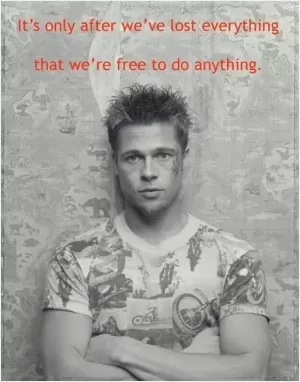
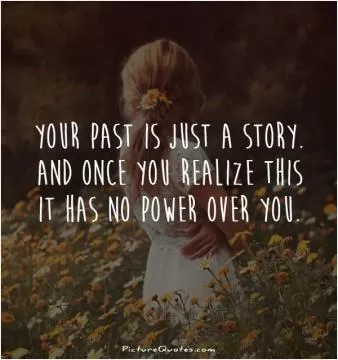
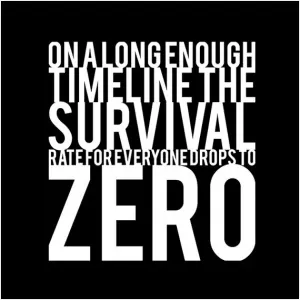
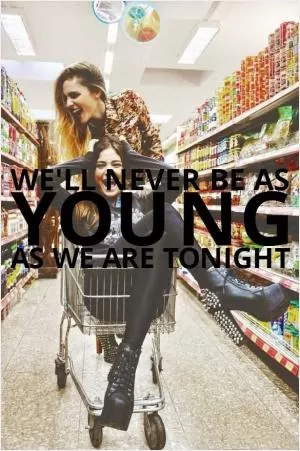
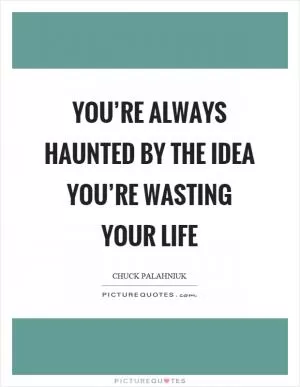
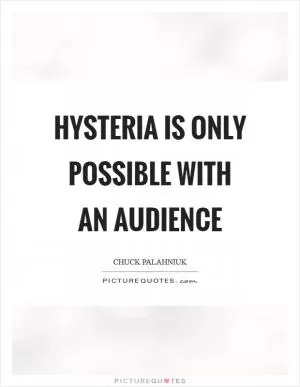
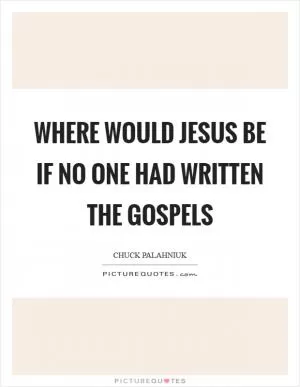



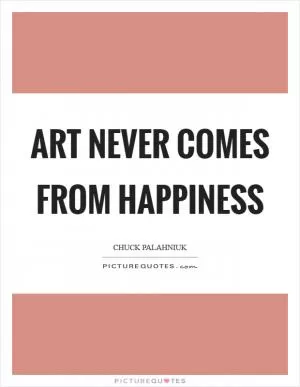
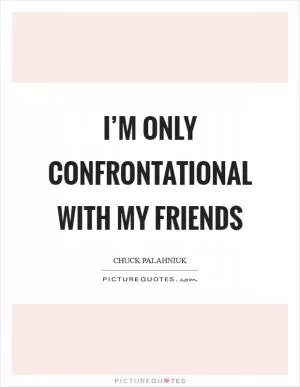
 Friendship Quotes
Friendship Quotes Love Quotes
Love Quotes Life Quotes
Life Quotes Funny Quotes
Funny Quotes Motivational Quotes
Motivational Quotes Inspirational Quotes
Inspirational Quotes